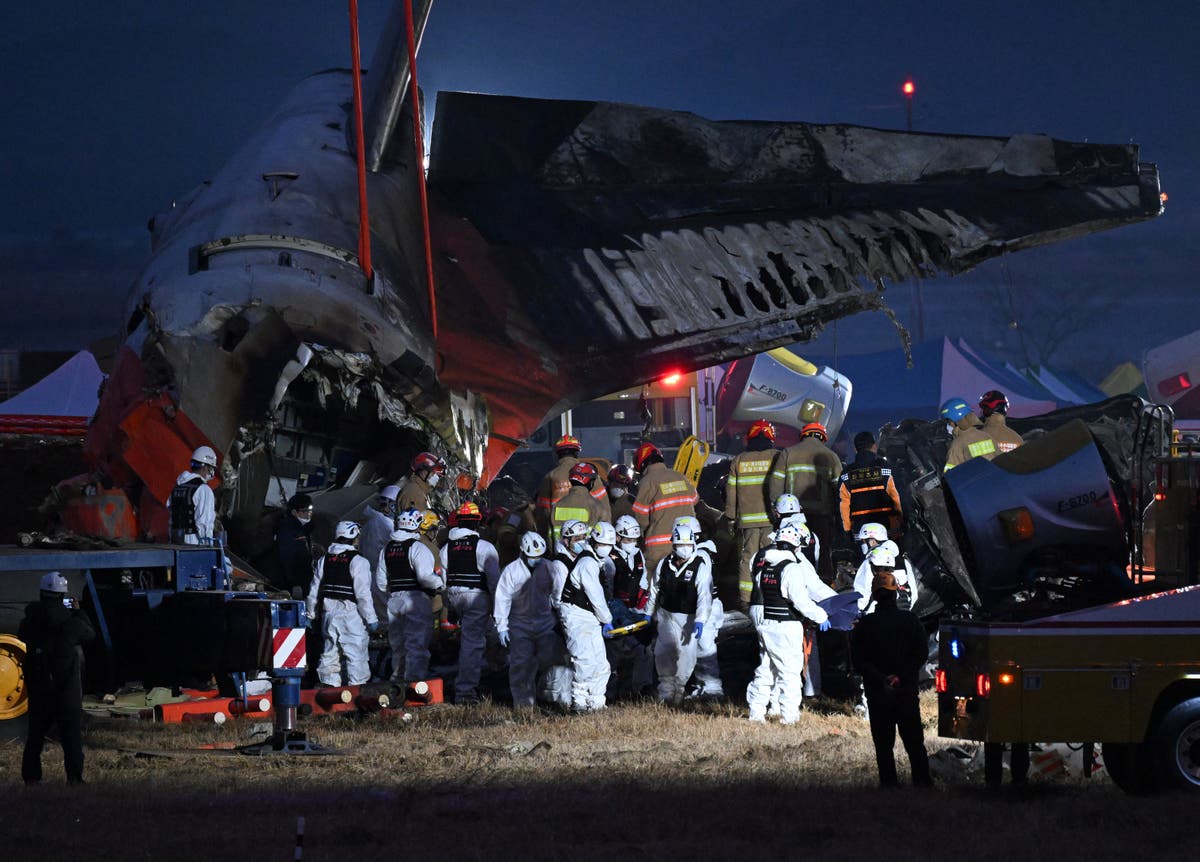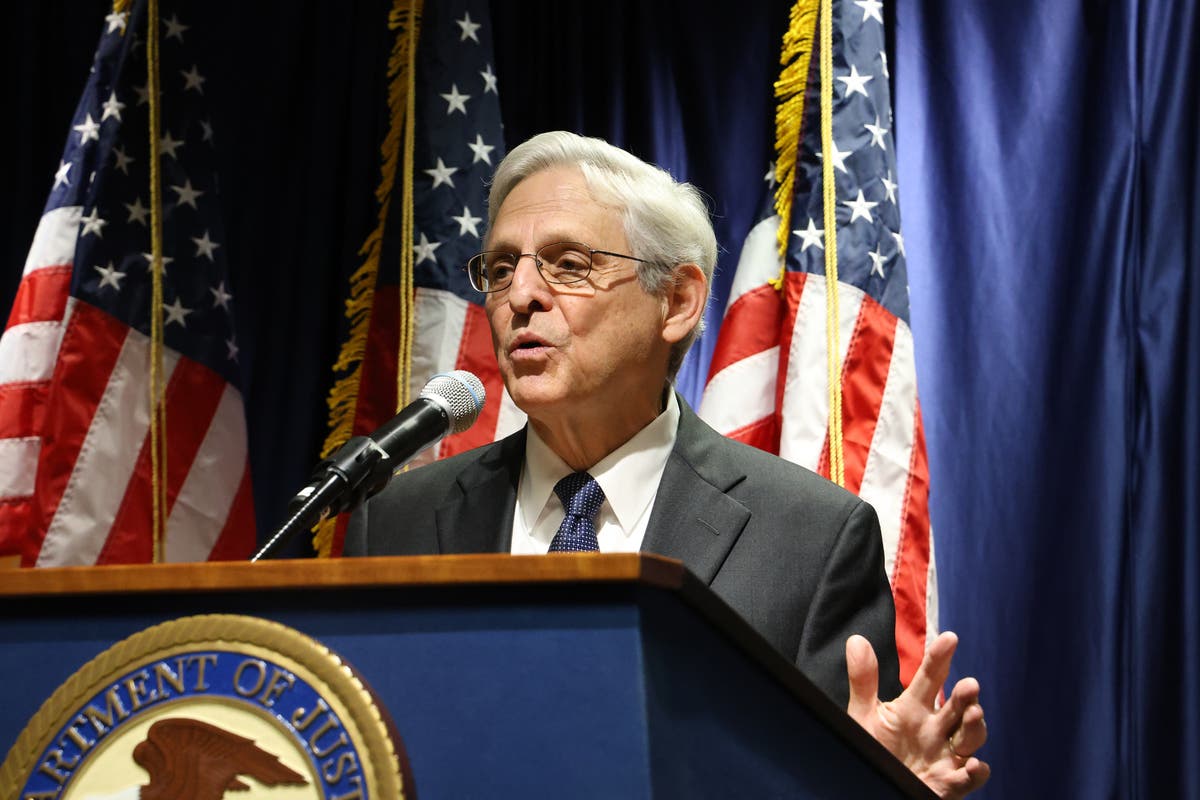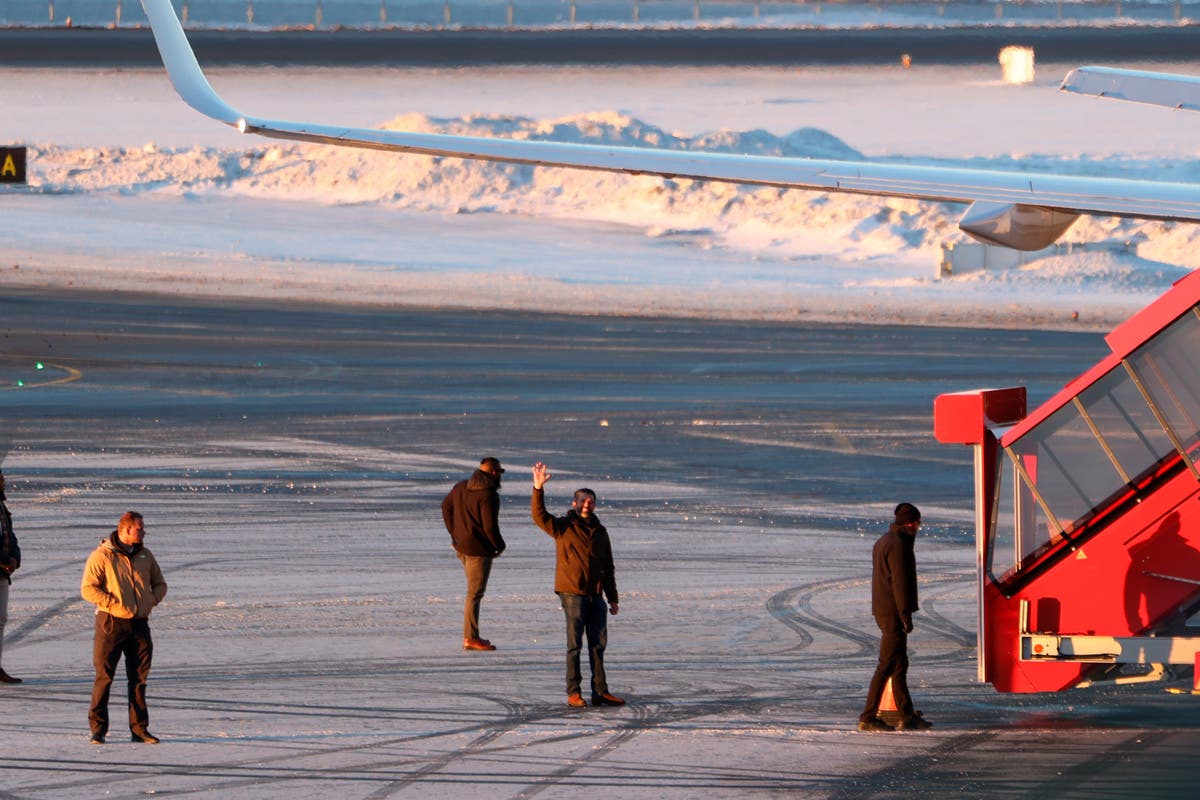A devastating plane crash in South Korea has resulted in the death of 179 people, prompting a full investigation into the cause. Initial reports suggest a possible bird strike contributed to the tragedy; however, aviation experts have raised doubts about this being the sole factor.
The Jeju Air Flight 7C2216, arriving from Bangkok, crashed during an emergency landing attempt at Maun International Airport on Sunday morning. Of the 181 individuals aboard, only two crew members survived. The incident marks the deadliest plane crash in South Korean history, contrasting with the country’s otherwise strong aviation safety record.
Eyewitness video footage captured the aircraft skidding across the runway before impacting a wall and erupting into flames. This prompted immediate questions surrounding emergency response and runway safety features from Airline News editor Geoffrey Thomas. He queried why fire tenders were not readily deployed upon touchdown and why the aircraft seemed to have landed so far along the runway.
South Korean authorities have confirmed they are investigating the crash, including the potential of a bird strike as the triggering event. Three minutes before the crash, air traffic controllers had warned the pilots about the risk of bird collision, and a mayday call was issued one minute later. Reports indicate that a passenger on the plane sent a message relaying that a bird was “stuck in the wing,” adding further weight to the bird-strike theory.
The crash investigation will be conducted by South Korea, involving the U.S. National Transportation Safety Board given the aircraft’s origin. While Jeju Air has stated the crash was not due to maintenance issues, the investigation will analyze the flight data recorder and the damaged cockpit voice recorder which could take a month to decode.
Despite this, aviation experts like Geoffrey Dell and Thomas cast doubt on the bird-strike as the sole cause, noting that while bird strikes are common, they rarely lead to complete failure of a landing gear or a plane crash. The reasons for the malfunction of landing gear is a central focus of the investigation.
Furthermore, experts also questioned the pilots’ lack of time to decelerate before impact, which is a standard procedure during an emergency belly-landing. The investigation will scrutinize why standard safety procedures appeared to have been insufficient.
While authorities defend the airport safety measures, noting “safety zones with green buffer areas before reaching the outer wall” the probe will seek to unravel the complex chain of events and contributing factors that led to this tragic crash. The flight captain, with 6,823 flight hours, and first officer, with 1,650 flight hours, will also be examined. The Boeing 737-800 model involved is one of the most flown airliners with a history of safety.







